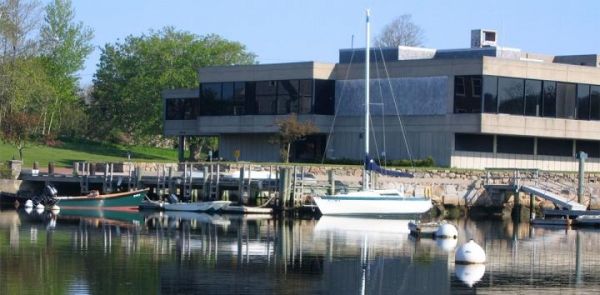Nitrogen is an element basic for life — plants need it, animals need it, it’s in our DNA — but when there’s too much nitrogen in the environment, things can go haywire. On Cape Cod, excess nitrogen in estuaries and salt marshes can lead to algal blooms, fish kills, and degradation of the environment.
In a study published in Environmental Research Letters, scientists at the Marine Biological Laboratory (MBL) Ecosystems Center examine ways to reduce the nitrogen footprint of smaller institutions, like the MBL, by focusing on a bottom-up approach.
“This bottom-up approach is all about balancing the needs of various stakeholders to come up with the best, most feasible solution for the institution,” says Sarah Messenger, lead author and research assistant in the MBL Ecosystems Center.
At the MBL, and many institutions like it, the biggest sources of nitrogen are food production and consumption. That’s because nitrogen is used as fertilizer to grow our food and produce the feed that supports livestock animals.
Read more at Marine Biological Laboratory
Image: The Marine Biological Laboratory's Swope Center, which includes campus dining halls. A new study by MBL Ecosystems Center scientists examines ways to reduce the nitrogen footprint of smaller institutions, like the MBL, such as modifications of food purchased for dining halls. (Credit: Marine Biological Laboratory)


